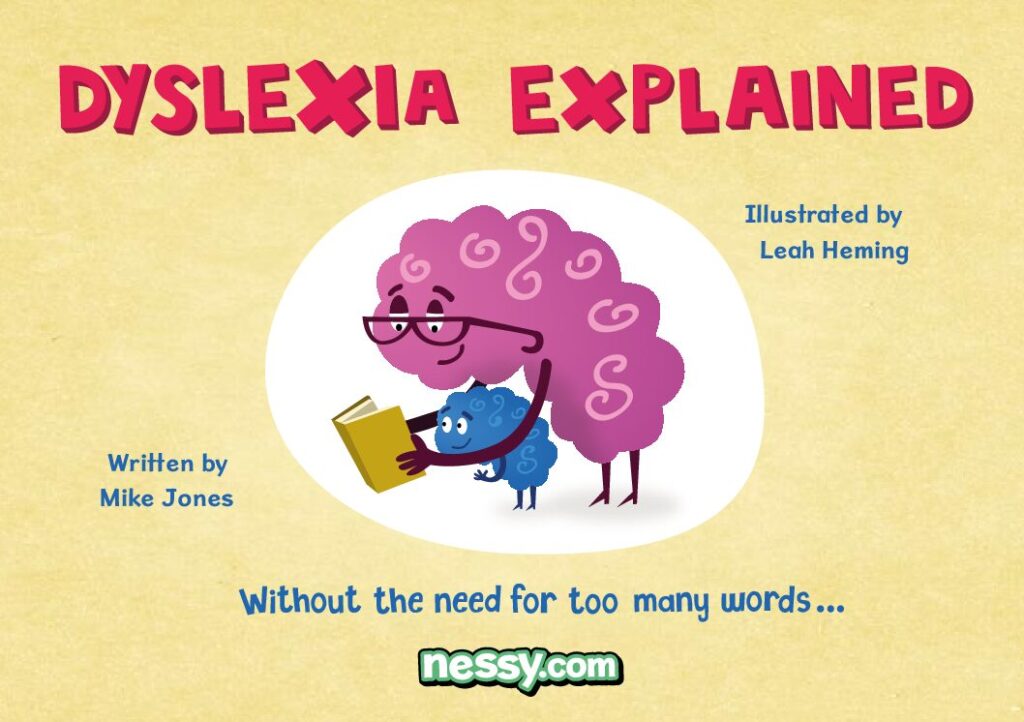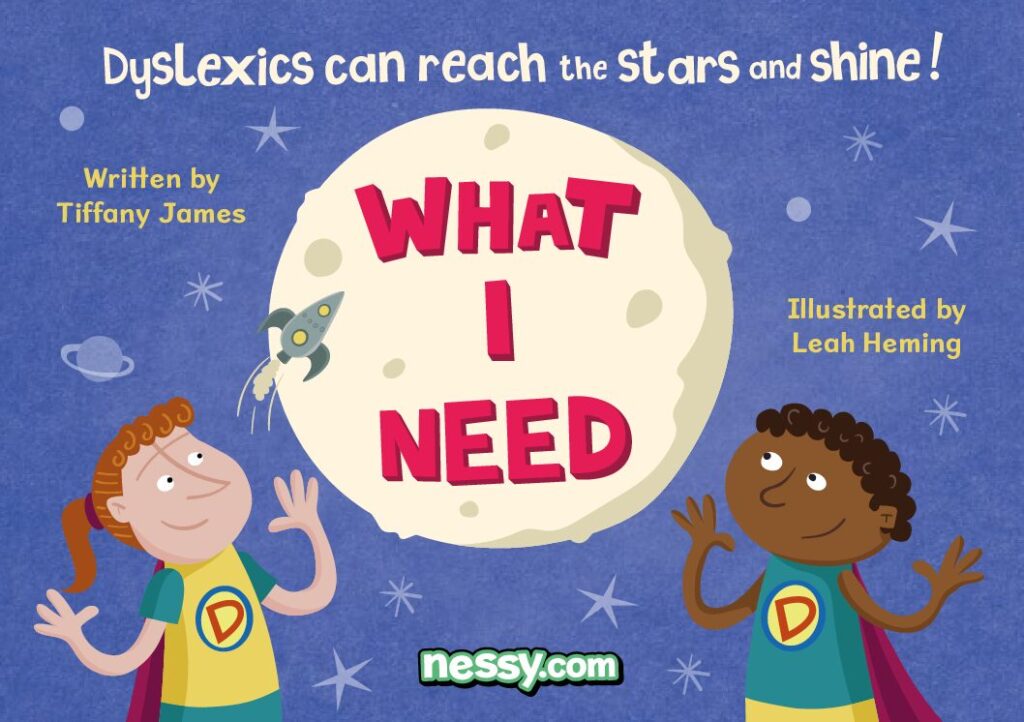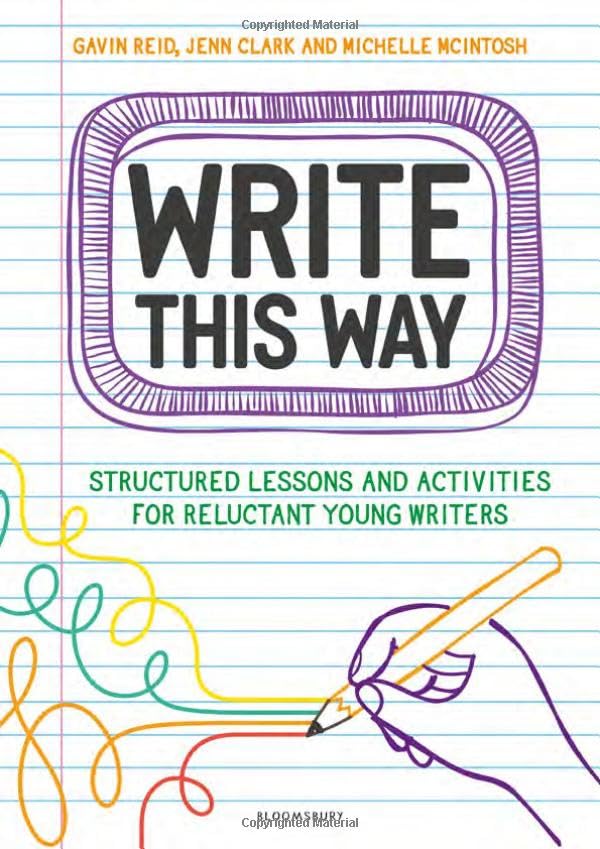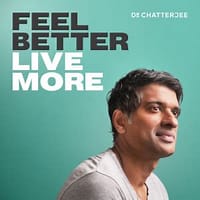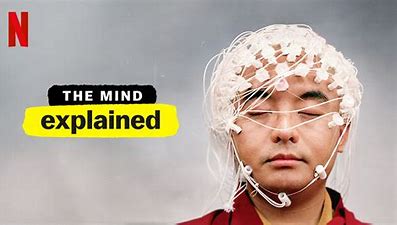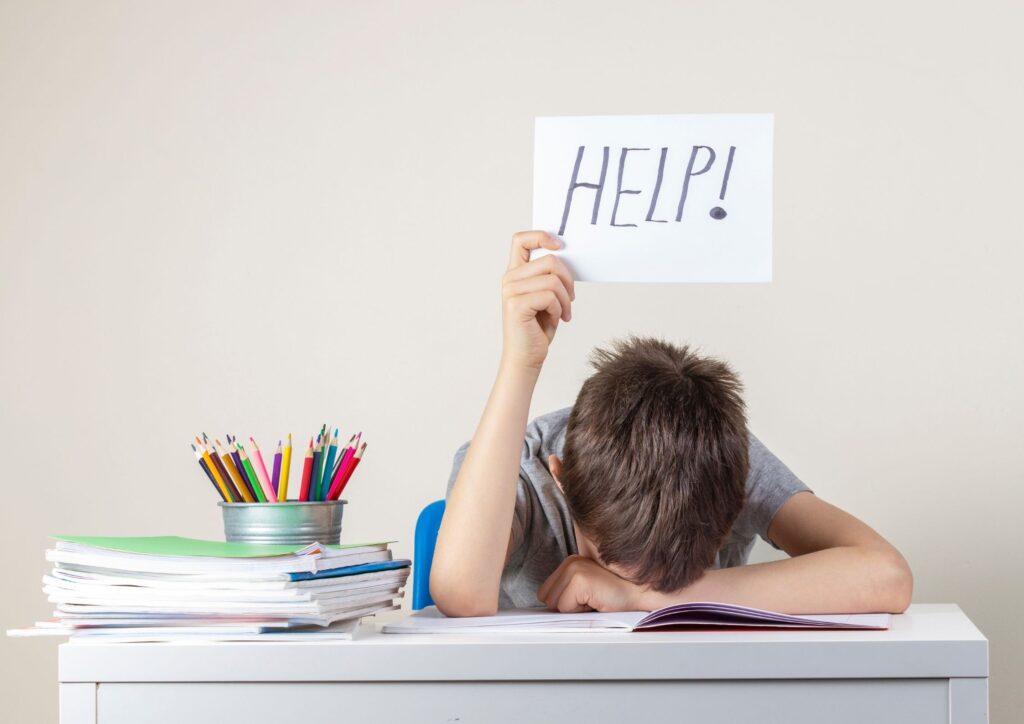
Dyslexia
One in 10 children has Dyslexia
Parents frequently describe to me the following experience:
“Dyslexia first reared its head when Charlie was learning phonics. He never quite ‘got’ the relationship between sounds and letters. He did not enjoy reading and his handwriting was shocking. Half his letters and numbers were reversed or upside down. I noticed he guessed at words, left out letters or added letters. Sometimes he’d learn the whole book off by heart and would seem as if he was actually reading. He couldn’t grasp rhyming. He couldn’t blend letters or when he would, he’d come up with his own word. He tried to use his (awful) phonics on everything even words like like and do, so they would be pronounced “lickeh” and “doe”. Meanwhile, his younger brother was shouting out the answers for him. It was a frustrating process for us all. Yet, you ask him to put together a complex lego model way above his age or build a system on Minecraft and he’s a genius”.
Often picked up much later in school, Charlie required a detailed functional assessment highlighting his unique profile of strengths and needs. Once gaps in his learning were identified, he needed structured teaching, delivered step by step at a slower pace, and following a logical order. With frequent revision, Charlie needed to be taught to master syllables and rhyme, as these phonological skills can be used as reading and spelling strategies. Smooth blending practice helped him to read and spell non-words or understand consonant clusters. A range of decoding and comprehension strategies were taught. Spelling rules were made overt and explicit, and put into multiple controlled sentences so that they were retained. Memory strategies underlay all elements of his teaching.
I have since seen this pattern in almost all children with dyslexia who I have assessed and taught. We know that while language is hard-wired in the brain, reading and writing is evolutionarily ‘new’ and involves the co-ordination and integration of many separate brain processes. The route to reading, writing and spelling is not straightforward for many.
Children with dyslexia will become adults with dyslexia, because they fundamentally process information differently– this is termed neurodiversity. Because they may not benefit from conventional teaching approaches, children with dyslexia, though clever and often highly articulate, begin to fall behind in class. They must work much harder to compensate. This is why they may feel overwhelmed and exhausted trying to keep up.
At Adventures…,we provide a specialist teaching approach that taps into each learner’s personal processing, accelerates learning and builds confidence.
See Dyslexia Differently-
Animation by the British Dyslexia Association:
Recommended resources
Ref: Nessy.com
Dyslexia Explained– Written by Mike Jones.
What I Need – Written by Tiffany James.
Primary School Support:
Writing Skills
Write This Way: Structured lessons and activities for reluctant young writers –(Reid, Clark and McIntosh, 2024).
For older learners:
Support for All Learners:
British Dyslexia Association:
Dyslexia – A Differently Wired Brain– British Dyslexia Association
iMy Dyslexia Strategies- British Dyslexia Association
Made By Dyslexia:
Other Sources:
Feel Better, Live More Podcast-Episode 128- How to train your attention and improve your life.
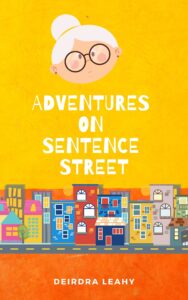
Adventures on Sentence Street
Time to Change our Grammar Teaching Links with Times articles on grammar teaching and learning by young primary school children by Education Correspondent, Nicola Woolcock:

